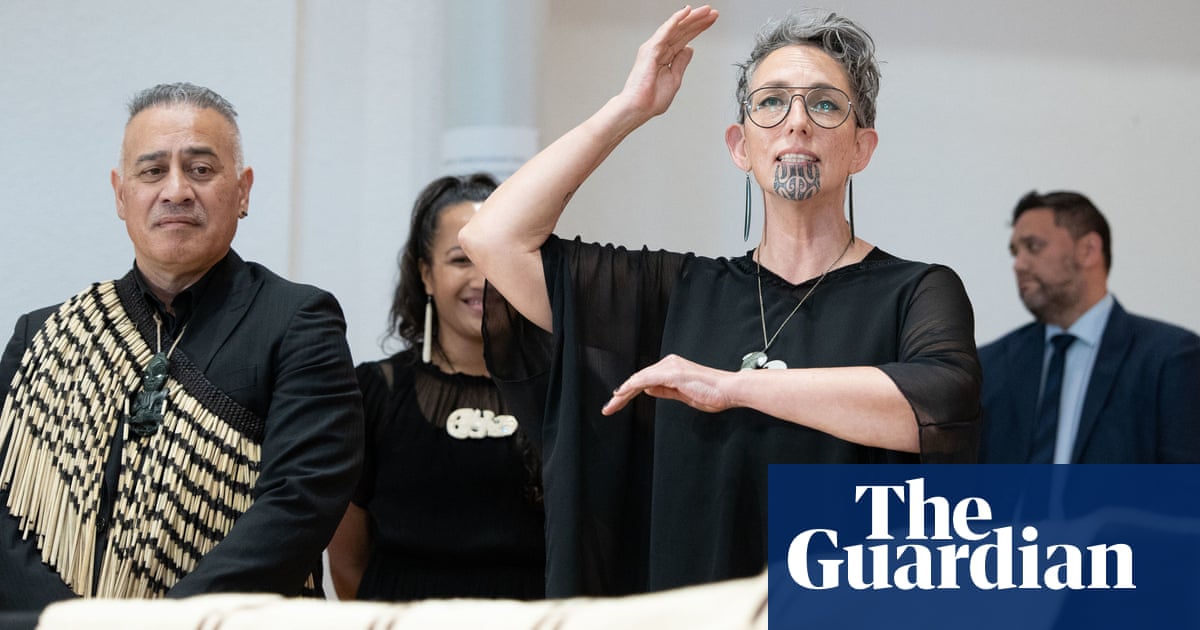
Māori and Moriori tribes will today welcome home the human remains and tattooed, mummified heads of 95 of their ancestors, which were once traded and sought after by overseas collectors.
The ancestral remains, which included six toi moko (tattooed heads), were returned to New Zealand on Wednesday from where they had been held in six museums and institutions across Germany.
For many indigenous New Zealanders, Māori and Moriori, the taking of their ancestors is a source of grief and anger. “The connection to our tūpuna [ancestors] is continuous, despite time and location, and it is our responsibility and obligation to reunite them with their people and whenua [land],” said Dr Arapata Hakiwai, kaihautū, or Māori co-leader, at Te Papa, New Zealand’s national museum.
“We believe that our ancestors are not resting in peace while behind the glass cabinets and in vaults in institutions overseas,” Sir Pou Temara, the repatriation advisory panel chair, told the Guardian in a 2022 interview. “We find that repugnant. We hear our ancestors crying out to be returned to New Zealand.”
In the early 1800s there was a brisk and lucrative trade of Māori tattooed and mummified heads, which were sought after by collectors – and until the 1970s the remains of Māori and Moriori were being widely traded as curiosities or objects of scientific interest. A number of the skulls that have ended up in international institutions were stolen from sacred grave sites.
Since 2003, New Zealand’s government has funded a dedicated team to work with international institutions for the return of bodies and remains of Māori and Moriori ancestors, and treasured cultural artefacts that may have been stolen or illicitly sold during the colonial period. The process is painstaking and slow, with negotiations with some foreign museums spanning decades.
So far, the remains of 600 ancestors including more than 300 preserved heads have been returned from institutions around the world. Others remain offshore: the British Museum continues to hold seven preserved, tattooed heads of Māori people in its archives, despite requests from New Zealand for their return.
Te Herekiekie Haerehuka Herewini, Te Papa’s head of repatriation, said German institutions had shown “significant respect and understanding” and “demonstrated a strong sense of doing the right thing”.
“Facilitating the return of our ancestors from six German institutions is not easy,” Hakiwai said, and thanked New Zealand’s repatriation team for their work. “Their efforts offer pathways to meaningful reconciliation and healing not only for Māori and Moriori, but also for the nation.”
The remains celebrated in New Zealand on Wednesday have been returned from the Grassi Museum, Leipzig; Reiss Engelhorn Museum, Mannheim; Linden Museum; The Stuttgart State Museum of Natural History; Georg August University, Göttingen; Roemer und Pelizaeus Museum, Hildesheim; and Museum Wiesbaden.










